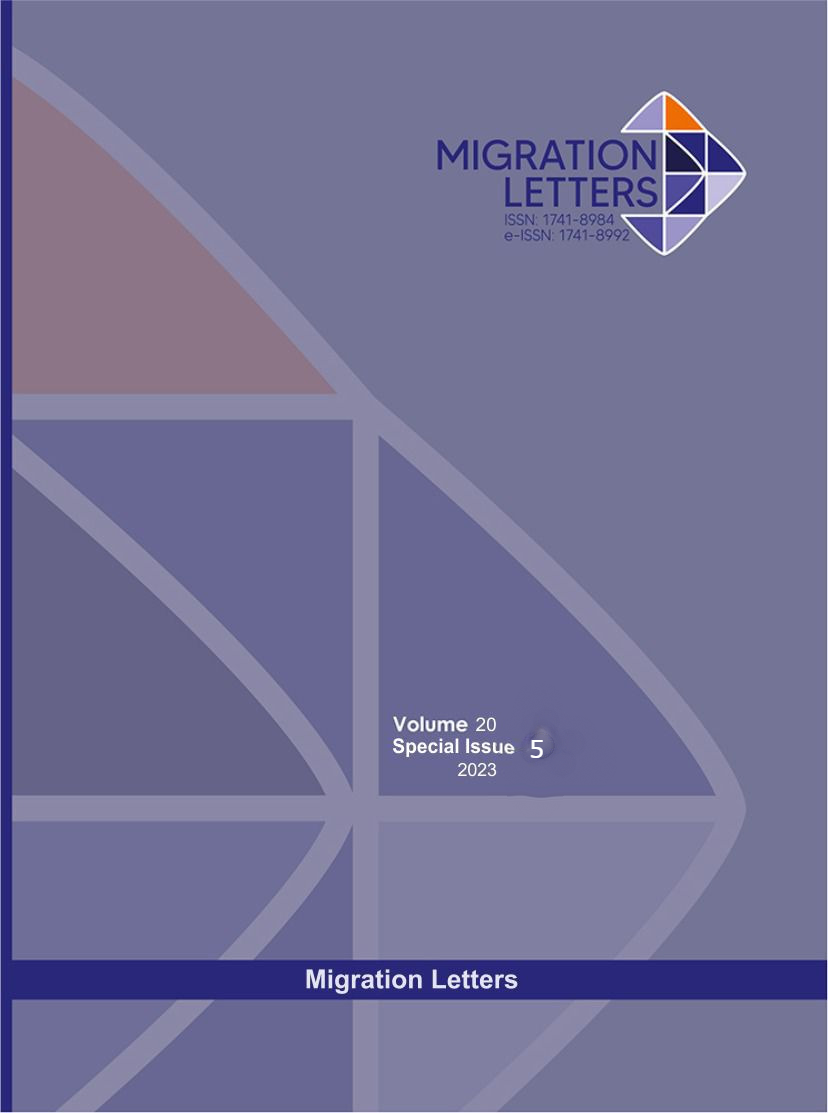Assistive Technology for Students with Disabilities: A Review of History, Theories, Regulation, and Practices
DOI:
https://doi.org/10.59670/ml.v20iS5.5579Abstract
The history of AT, starting in the late 1970s, is clarified by this overview of the literature. Regulations are analyzed and discussed including: the Act of Rehabilitation issued in 1973, the 1975’s Act entitled as Education for All Handicapped Children of, the 1988’s Act of Tech, and IDEIA regulation made in 2004 which enable the employing assistive technology among people with disabilities. A thorough discussion of theories relating deploying assistive technology is also provided in this paper. The following frameworks are discussed in his manuscript: the framework of innovations diffusion; the framework of technology acceptance model (TAM); the framework of Education Tech Points Model; the last theory to be discussed in the present paper has to do with the framework of Technological Pedagogical and Content Knowledge (TPACK). Further, assistive technology forms which students with disabilities can employ are presented and discussed. Finally, Universal Design for Learning (UDL) is examined in the context of those students' needs.
Metrics
Downloads
Published
How to Cite
Issue
Section
License

This work is licensed under a Creative Commons Attribution-NonCommercial-NoDerivatives 4.0 International License.
CC Attribution-NonCommercial-NoDerivatives 4.0






